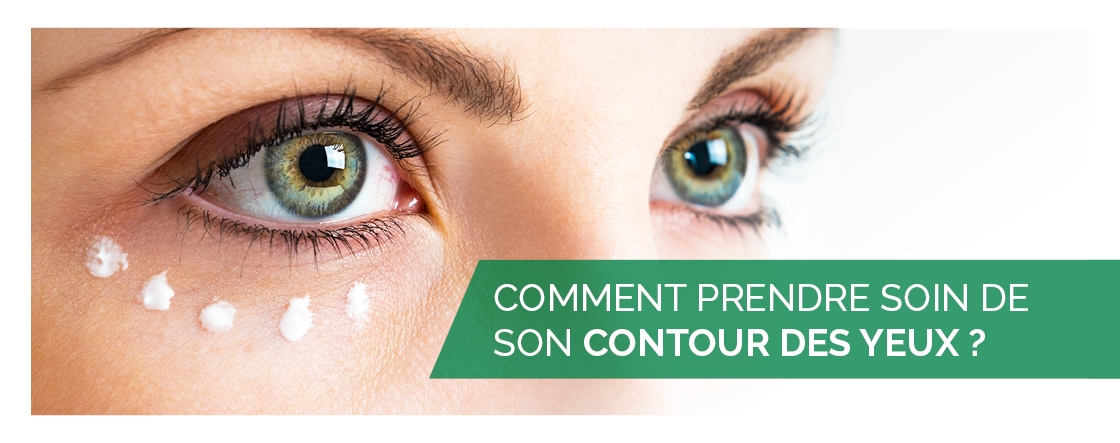All Categories
Featured
Prolonged exposure to ultraviolet (UV) rays can lead to various eye conditions, some of which may result in permanent damages or vision loss. Whether you're outdoors on a sunny beach or taking a walk on a cloudy day, understanding exactly how UV rays influence your eyes and discovering how to shield them is vital for keeping healthy vision.
What Are UV Rays and Exactly How Do They Effect the Eyes? UV rays are a form of unseen radiation discharged by the sunlight. There are 3 kinds of UV rays:
UVA Rays: These permeate deeply into the skin and eyes, contributing to lasting damages. UVB Rays: These are a lot more extreme and can cause surface-level harm, such as sunburn or corneal damages. UVC Rays: These are the most hazardous but are soaked up by the Earth's atmosphere and hardly ever position a direct danger. Both UVA and UVB rays can harm numerous parts of the eye, consisting of the cornea, lens, and retina.
Short-Term Results of UV Exposure. Also a short period of intense UV exposure can harm your eyes. A common condition resulting from this is photokeratitis, typically defined as "sunburn of the eye." Signs and symptoms include:
Uncomfortable or red eyes. Level of sensitivity to light. Too much tearing. Temporary fuzzy vision. Photokeratitis is typically temporary however works as a pointer of the prompt threats of UV radiation.
Long-Term Impacts of UV Exposure. Collective UV direct exposure with time can lead to a number of severe eye conditions, consisting of:

Cataracts: UV rays speed up the development of cataracts, a condition where the lens of the eye ends up being over cast, causing vision disability. Cataracts are a leading root cause of blindness worldwide.
Macular Deterioration: The macula, a component of the retina in charge of central vision, can be damaged by extended UV exposure, raising the threat of age-related macular deterioration (AMD)
Pterygium: Typically called "surfer's eye," this condition entails a growth of tissue on the white part of the eye, which can extend over the cornea and impair vision.
Pinguecula: UV exposure can create yellow-colored spots to create on the conjunctiva, leading to irritation and pain.
Skin Cancer Cells Around the Eyes: The fragile skin surrounding the eyes is highly susceptible to UV radiation, increasing the risk of basic and squamous cell cancer.
Shielding Your Eyes from UV Damages. The excellent news is that shielding your eyes from UV radiation is basic and effective. Right here are some necessary suggestions:
Use UV-Blocking Sunglasses. Pick sunglasses that obstruct 100% of UVA and UVB rays. Search for labels showing "UV 400" defense. Wrap-around styles give added coverage, avoiding UV rays from entering from the sides.
Utilize a Wide-Brimmed Hat. A hat with a vast border can block nearly 50% of UV rays, offering added protection for your eyes and the fragile skin around them.
Avoid Height Sunlight Hours. UV rays are greatest in between 10 a.m. and 4 p.m. Minimize your outside direct exposure during these hours, or ensure you're effectively safeguarded if you require to be outside.
Shield Your Eyes Year-Round. UV rays are present year-round, even on cloudy or snowy days. Snow, sand, and water can show UV rays, magnifying their effects. Make sunglasses a component of your everyday routine, despite the period.
Consider UV-Blocking Call Lenses. Several contact lenses currently supply UV protection, which can be an added secure when coupled with sunglasses.
Encourage Eye Defense for Kids. Kid's eyes are more vulnerable to UV damage due to the fact that their lenses are more clear, allowing even more UV light to get to the retina. Guarantee they put on sunglasses and hats when playing outdoors.
Schedule Regular Eye Examinations. Regular sees to an eye care expert are important for monitoring your eye wellness. An eye doctor can spot early signs of UV-related damages and advise services, such as prescription sunglasses or UV-blocking glasses tailored to your needs.
Final thought. UV rays may be invisible, however their impact on your eye health and wellness is very real. Keep in mind, your eyes are one of your most valuable assets-- take the needed actions to protect them from dangerous UV rays today.
Latest Posts
Discover Leading Car Repair Services at Montclare Auto Repair – Quality Service Today
Specialist Industrial Roofing Solutions in North Platte, Nebraska
Trustworthy Industrial Roofing Providers by Weathercraft
More
Latest Posts
Discover Leading Car Repair Services at Montclare Auto Repair – Quality Service Today
Specialist Industrial Roofing Solutions in North Platte, Nebraska
Trustworthy Industrial Roofing Providers by Weathercraft